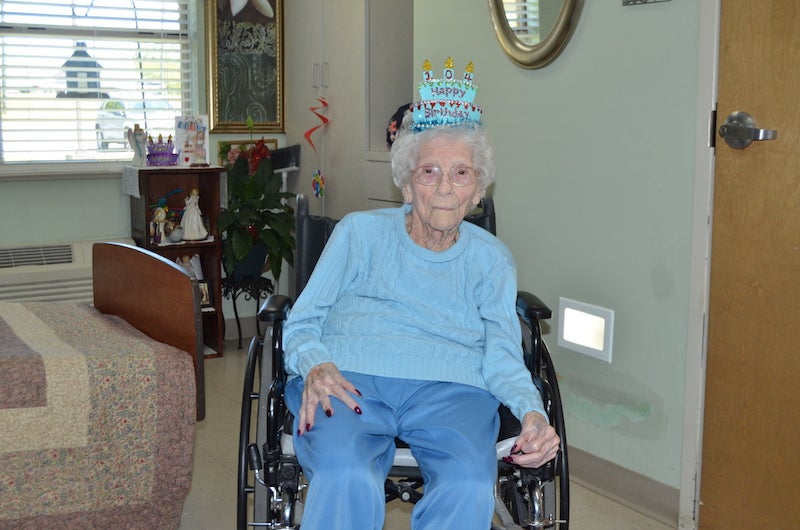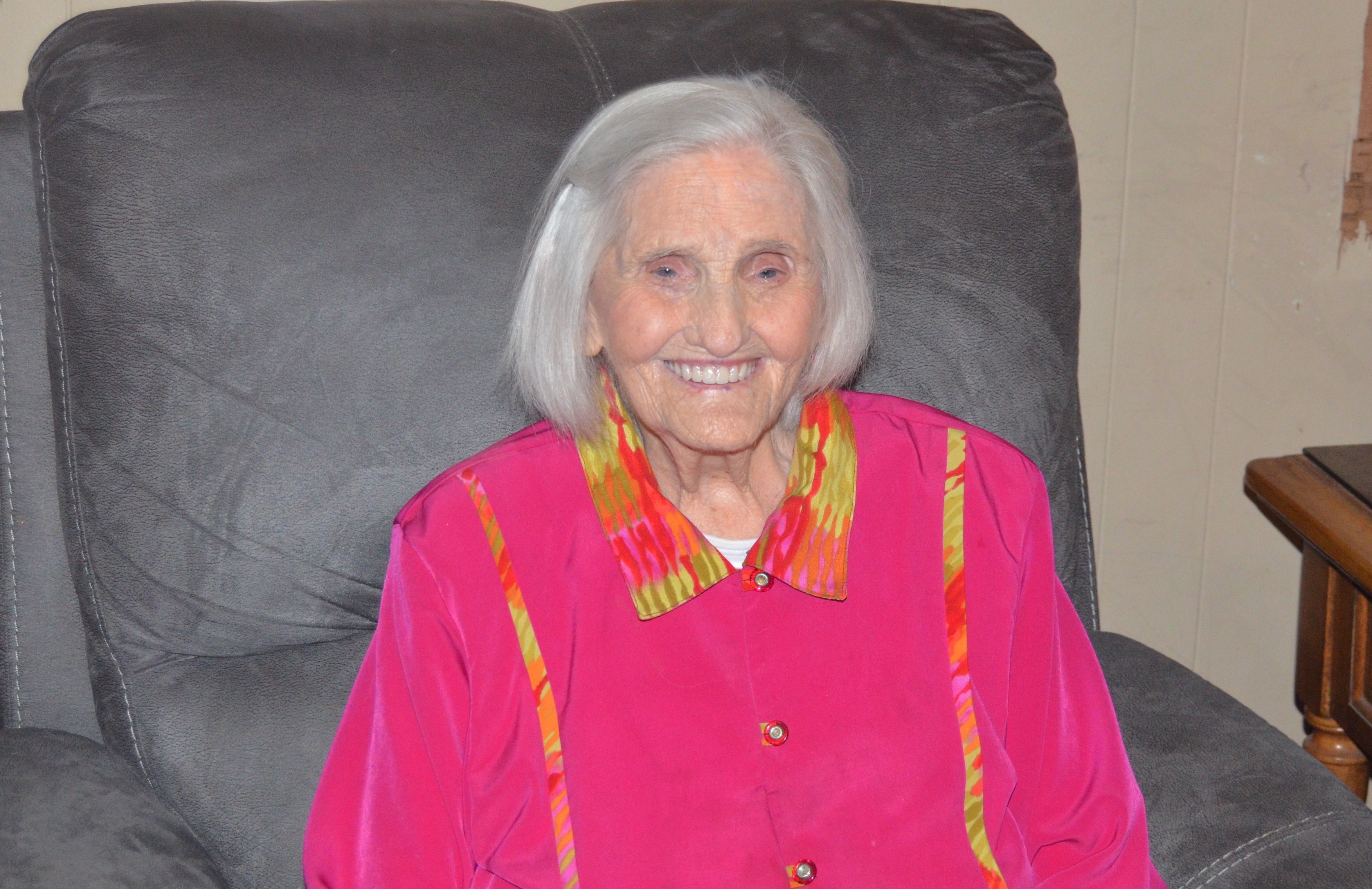Bringing Lincoln to life
Published 10:23 pm Saturday, August 16, 2008
“LINCOLN SHOT,” screams the headline! “Condition Considered Hopeless. Will Not Live Through the Night.”
So begins a gripping read for middle-graders ahead of the February bicentennial of Abraham Lincoln’s birth, a big event in publishing for grown-ups but a slice of history in need of some wow for young people.
Feiwel and Friends, under the watchful eye of publisher Jean Feiwel, has attempted just that with the hard-bound “Lincoln Shot: A President’s Life Remembered,” a huge-format biography in the form of an 1860s newspaper.
The faux-weathered pages have real advertisements from the time, rich pen-and-ink scenes from Lincoln’s life and some gutsy archival photos that include dead bodies on the battlefield at Gettysburg and the hanging of John Wilkes Booth’s assassination conspirators.
All of it is wrapped around text by Barry Denenberg, a Lincoln nerd, master researcher and experienced hand at unconventional history for kids, with eight books to his credit in the “Dear America” fiction series.
“When I was a kid, my grandparents used to take me to a library in Brooklyn. I was mesmerized by Lincoln,” said Denenberg, 62. “I was caught up in the crisis, Lincoln’s ability to manage the country and also his steely nature. I thought he was a transcendent person, and it turns out I still think that. I’m still looking for heroes.”
Like the book’s size (12-by-18-inches) and price ($24.95 for 40 pages), the first printing is hefty at 50,000 copies. The creators hope for coffee-table crossover, along with library and school interest.
Feiwel, for her part as head of her own Macmillan imprint, was in search of two things: Humanizing the nation’s 16th president throughout his life and doing it in a fresh way. The result achieves both in a dense, jumpy narrative that begins at the end and lends itself to young people not necessarily interested in reading cover to cover.
“Everything’s been written about. As a researcher that’s terrific. You can really hone it down. That’s the good news,” Denenberg said. “The bad news is how do you choose what to say in a way that’s reasonably fresh?”
Artist Christopher Bing’s old-style illustration of Booth pointing a deringer at the back of Lincoln’s head on the second page is the kid book equivalent of “You had me at hello” for boy readers, a group with a growing interest in historical biography, said Andrew Medlar, youth specialist for the Chicago Public Library.
Medlar ran across the book at the publishing industry’s annual schmooze-fest, Book Expo America, earlier this year. His first reaction?
“Cool and pretty excited. This is a fresh take on his influence and obviously the assassination and the war, and it’s done in a unique and fascinating style,” said Medlar, who plans to stock up for all 79 of the library’s branches.
The book’s size poses a possible challenge for stores already squeezed for display space.
“We’re hoping that it’s a unique enough book that people will go for this format,” creative director Rich Deas said. “It’s worth the risk. It’s definitely a challenge. Hopefully the sellers will respond to that.”
Denenberg not only opens with Lincoln’s assassination as he shows up late for “Our American Cousin” at Ford’s Theatre on April 14, 1865, but he details the life of the killer himself, the “exotically handsome” Booth, a vain and moody actor and “outspoken advocate of slavery from an early age.”
Readers also get a look at pages from young Abe’s sums books and bits of poetry he composed: “Abraham Lincoln, his pad and pen. He will be good but god knows when.”
Then it’s on to Abe in Illinois, where he moved in his youth with his family to flee an outbreak of “milk sickness” and refused to join his father’s Baptist Church, “preferring to have his own thoughts about the existence of the Deity.”
The earliest photos of Lincoln and his stubborn, upper-crust wife, shopaholic Mary Todd Lincoln, are included in the book, as is a disturbing series of four photos showing Lincoln’s physical transformation from strong-faced leader in 1860 to lined, hollowed-eyed and old before his time through the war years and just before his second inauguration in 1865.
Mining the Lincoln myth for kid-friendly fare was great fun for Denenberg.
“Children, in my mind, do not read conventional biographies that start with a sentence and end with a sentence. They don’t,” he insisted. “That’s upsetting to me. That’s part of what drove this book. This is as close as I’m going to get to appealing to my readership in the world they live in.”






